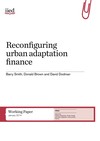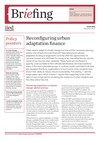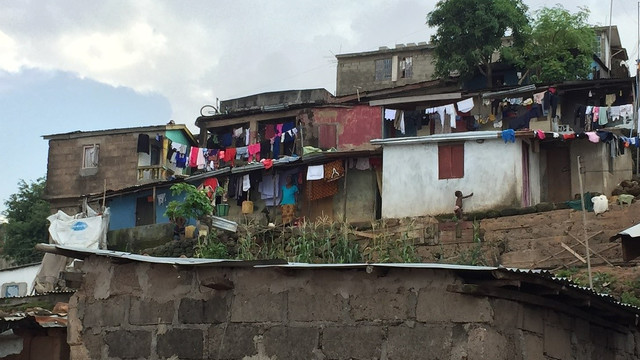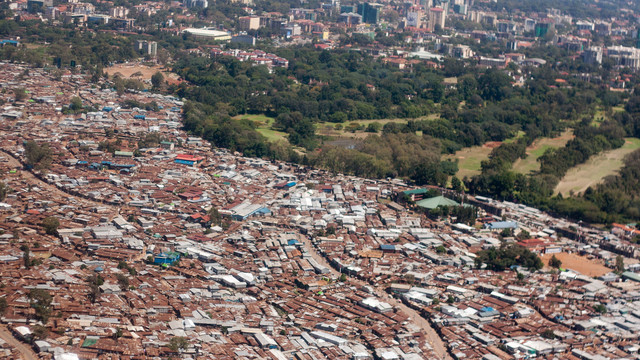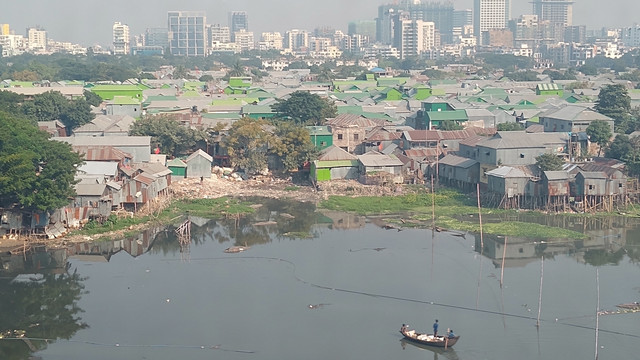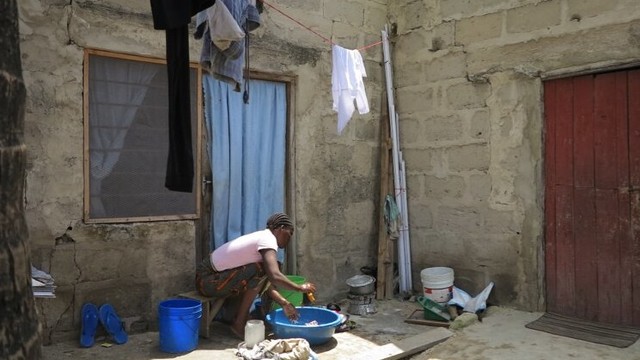Financing urban resilience
Cities need to adapt to climate change: but how will the necessary planning, actions and infrastructure be financed? IIED is working to build the case for more direct control of funding for resilience by urban residents and local governments.

Investments in community infrastructure – like this canalside walkway in Bangkok – can help to build resilience for low-income urban residents. Funding for this type of local improvement should be a priority for climate change financing (Photo: copyright Ruth Mcleod)
Despite growing recognition of the need for money to support responses to climate change, international and national adaptation funding arrangements currently offer few opportunities for city-level finance, and still fewer for funding to be channelled directly into the hands of low-income urban residents and their organisations.
These funds are insufficient in quantity, unaccountable to their ultimate beneficiaries and inaccessible to many of the most vulnerable groups.
In contrast, locally controlled funds that are managed directly by organisations of low-income urban residents have shown their ability to reduce risk and vulnerability and be very cost-effective.
While adaptation finance has yet to contribute significantly to building resilience for low-income groups in urban areas, these mechanisms — such as community savings groups and locally managed funds — demonstrate the potential of an alternative approach, offering scope for greater integration of different activities, and empowering stakeholders on the ground.
Unlike top-down development or adaptation finance, these funds start with the resources, needs and priorities of the urban poor, and work with them to address these.
What IIED is doing
Supporting funds of this type is essential to increase the resilience of urban residents and the cities where they live. IIED is working with partners to document the ways in which locally controlled funds can be used to improve local conditions in ways that reduces vulnerability to climate-related shocks and stresses – for example, through building small-scale infrastructure to reduce waterlogging, or through designing community toilet blocks that use harvested rainwater.
We also explore the ways in which accountable local governments make investment decisions that lead to sustainable development and greater resilience.
Taken together, this evidence helps to form the case for new types of adaptation finance that meet the needs of highly vulnerable cities and their residents. We present these arguments to influential global organisations to make them aware of alternatives, and to influence the way they act.
